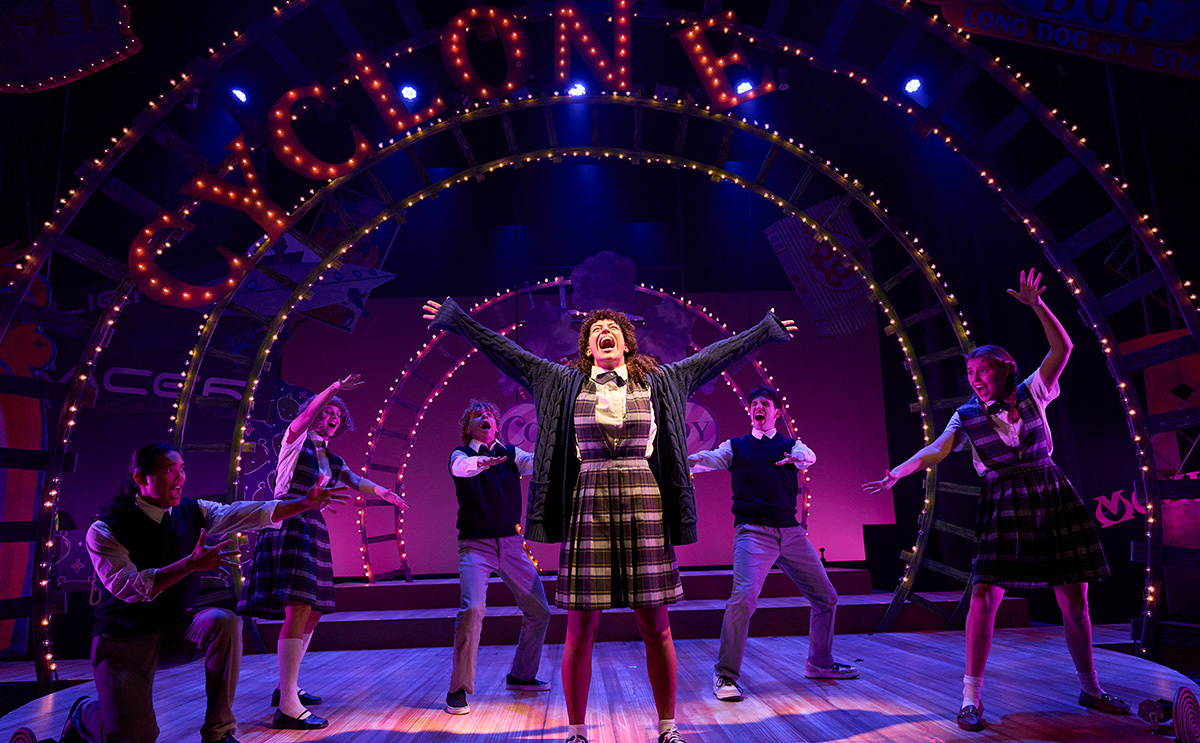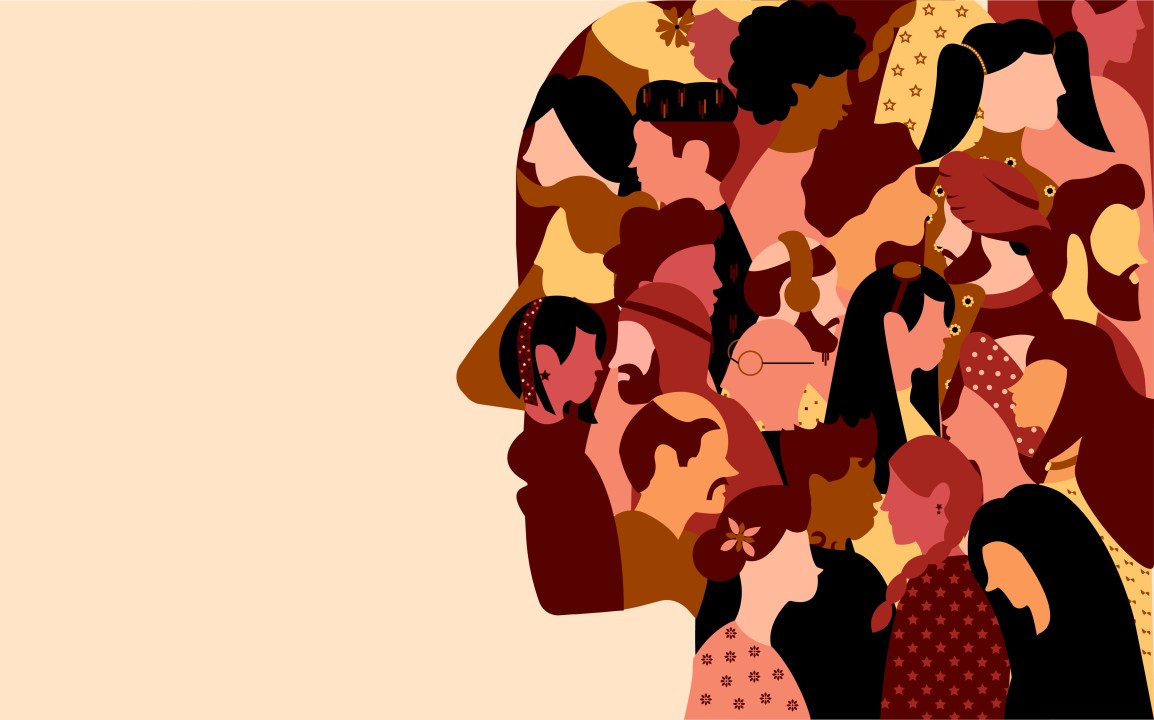Unraveling the Nuances of Foley Artistry
Foley artistry is the hidden magic behind many film and media productions. It provides the sounds that make a scene seem authentic and alive, using simple objects to recreate complex audio effects.
1. The Craft of Foley: Bringing Scenes to Life
Foley artists are essentially sound magicians. They bring stills to life with footsteps, rustling clothing, or the clink of a glass, achieving a realism that connects deeply with the audience. This art involves carefully synchronizing these cleverly recreated sounds with the visuals on screen, which enhances the audience's engagement and emotional experience. Without these nuanced audio contributions, many scenes would feel hollow, highlighting the critical role Foley plays in storytelling.
2. Evolving Techniques and Technologies
Modern technology has introduced new tools and techniques into the traditional craft of Foley. AI-enhanced features push the boundaries by allowing sound designers to authentically recreate everyday sounds with precision, speeding up processes that used to be labor-intensive. This blend of technology and artistry not only improves efficiency but expands creative possibilities, offering new dimensions to sound design. The result is a more immersive auditory experience that captivates audiences worldwide, proving that Foley is as much about artistic expression as it is about technical skill.
The Art of Audio Mixing: Harmonizing Sound
Audio mixing is pivotal in creating a cohesive and polished auditory product. It’s crucial in music, film, and even gaming, as it ensures that all components of the sound landscape work in harmony.
1. Sculpting the Sonic Landscape
Mixing involves blending various sound elements—vocals, instruments, sound effects—into one coherent form. By adjusting levels, panning, and utilizing effects like EQ and compression, sound engineers ensure each element can be heard clearly while contributing to the overall sound. It's comparable to orchestrating music, where every part must support the others without clashing. This delicate balancing act is essential for creating emotionally impactful soundscapes, whether in a heart-pounding action scene or a melancholic melody.
2. The Innovative Sound Engineer
Sound engineers play a significant role in shaping how audio is perceived. Through creativity and a deep understanding of sound mechanics, they craft mixes that are technically perfect and emotionally resonant. Modern sound engineering often involves innovative techniques, utilizing the latest technology to enhance the artist's vision while delivering an unforgettable listening experience. This combination of skill and creativity showcases the art form's complexity and the significant effect it has on emotional storytelling.
Embracing Three-Dimensional Sound: Surround Sound
Surround sound technology elevates the auditory experience by creating a three-dimensional environment that envelopes the listener, placing them at the center of the action.
1. Fundamentals of Surround Sound
Designed to enhance realism, surround sound systems typically use multiple speakers placed around a space. Each plays a unique role—dialogue emanates from the center, while ambient effects utilize rear channels to create a sense of spatial awareness. This meticulous arrangement immerses listeners in rich soundscapes, enhancing the cinematic or musical experience considerably.
2. Crafting Immersive Soundscapes
Creating depth requires more than just speaker placement. Techniques such as panning, reverb, and spatial effects help create dynamic and engaging environments. Whether simulating a small room or an expansive field, these elements contribute significantly to the listener's sense of engagement and emotional immersion. By effectively utilizing these tools, sound designers can manipulate an audio narrative with precision, drawing the audience deeper into the story.
Exploring Emotional Connections Through Sound Design
Sound design has the profound capability to tap into human emotions, creating connections that transcend visual storytelling. Let’s explore how these techniques are employed.
1. Psychological Effects of Sound
Sound can evoke specific emotions and reactions. Low frequencies might instill a sense of foreboding, while high frequencies can excite or agitate. Understanding these sensory responses allows sound designers to craft worlds and emotions through sound alone. By choosing the right combination of elements, designers can evoke joy, tension, or even nostalgia, proving sound's ability to shape audience perceptions.
2. Mixing for Emotional Resonance
Sound designers utilize mixing techniques to fine-tune the emotional impact of their work. By manipulating elements like compression and reverb, they can create a sense of space or alter the intensity of a moment. This attention to detail transforms ordinary sounds into an emotional journey, enhancing the overall narrative.
Analyzing the Role of Silence and Acoustic Effects
In the world of sound design, silence is as powerful as sound. Its strategic use can emphasize emotions and heighten the impact of a soundscape.
1. Strategic Use of Silence
Silence, when used deliberately, can serve as a dramatic tool. It draws attention to subsequent sounds, builds tension, and provides contrast. The absence of sound often has a profound effect, encouraging audiences to focus on the subtleties that follow.
2. Enhancing Silence with Acoustics
Sometimes, the most effective sound cues stem from an interplay with silence. Acoustic treatment in spaces can create environments where subtle sounds stand out, allowing sound designers to paint a more compelling auditory picture. This understanding of silence not only adds depth but enriches the emotional narrative, highlighting sound design's nuanced artistry.
The integration of these elements—Foley, mixing, surround sound, and strategic silence—reveals the complexity and beauty of sound design. It’s an art form that directly influences narrative and emotion, proving that what we hear can be as impactful as what we see.
Q&A
-
What is sound design, and why is it important in media production?
Sound design is the art and practice of creating soundtracks for various needs, such as films, television, and video games. It involves the creation, manipulation, and arrangement of audio elements to enhance the narrative and emotional impact of the media. Sound design is crucial because it helps to establish the mood, support the story, and immerse the audience in the experience by providing auditory cues that complement the visual elements.
-
How do Foley techniques contribute to the realism of a film?
Foley techniques involve the reproduction of everyday sound effects that are added to films in post-production to enhance audio quality. These sounds, such as footsteps, doors creaking, or rustling clothes, are created by Foley artists in a studio and synced with the film. This technique adds realism by ensuring that every action seen on screen has a corresponding and believable sound, thereby drawing the audience deeper into the story.
-
What role does audio mixing play in creating an effective soundscape?
Audio mixing involves balancing and adjusting different sound elements, such as dialogue, sound effects, and music, to create a cohesive audio experience. In soundscapes, audio mixing is vital as it ensures that all elements are harmoniously integrated, enhancing the scene's mood and emotional impact. Proper mixing can guide the audience’s focus, highlight important narrative moments, and ensure clarity across various playback environments.
-
How can surround sound systems enhance the viewing experience in home theaters?
Surround sound systems provide a multi-dimensional audio experience by using multiple speakers placed around the listener. This setup allows for sound to be heard from different directions and distances, mimicking a more realistic environment. In home theaters, surround sound enhances the viewing experience by immersing the audience in the audio landscape, making them feel as though they are part of the action, whether it's the subtle rustling of leaves or the explosive sound of an action scene.
-
In what ways do acoustic effects influence emotional cues in storytelling?
Acoustic effects, such as reverberation, echo, and sound distortion, can significantly influence the emotional tone of a scene. These effects can be used to convey feelings of tension, tranquility, or chaos, depending on how they are applied. For instance, a reverberating sound might evoke a sense of vastness or loneliness, while a distorted sound can suggest confusion or urgency. By manipulating these acoustic elements, sound designers can provide subtle emotional cues that enhance storytelling and audience engagement.








